European cities often pack centuries of history, diverse neighborhoods, and cultural institutions into relatively compact areas, creating urban environments that remain eminently walkable despite their historical and cultural significance. Some cities manage to maintain an intimate feel despite their international reputation—places where you can experience world-class attractions without the overwhelming scale that makes many urban centers exhausting for visitors.
Here is a list of 14 European cities that, despite their importance and attractions, feel surprisingly manageable, welcoming, and human-scaled.
Ljubljana, Slovenia
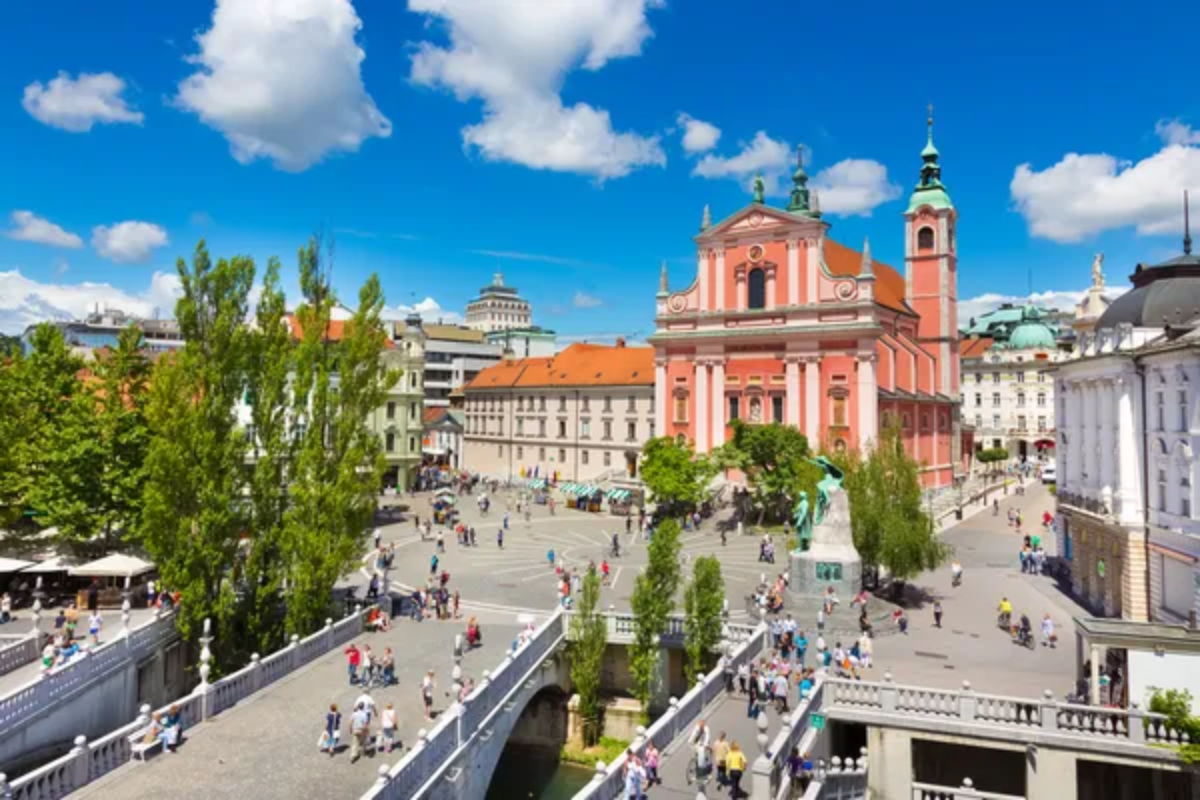
Slovenia’s capital manages to combine all the amenities of a major European city—museums, restaurants, cultural events—into a pedestrian-friendly center that can be crossed on foot in under 30 minutes. The emerald Ljubljanica River winds through its heart, with distinctive bridges designed by architect Jože Plečnik connecting the medieval old town to newer districts.
Traffic restrictions in the center have created extensive pedestrian zones where café tables spill onto cobblestone streets, and musicians perform beneath baroque facades. The compact layout means you might visit a contemporary art exhibition, climb to the medieval castle for panoramic views, and still have time for a leisurely dinner along the riverside promenade—all without ever needing transportation beyond your own feet.
Ljubljana perfectly demonstrates how thoughtful urban planning can create intimacy within a capital city.
Porto, Portugal
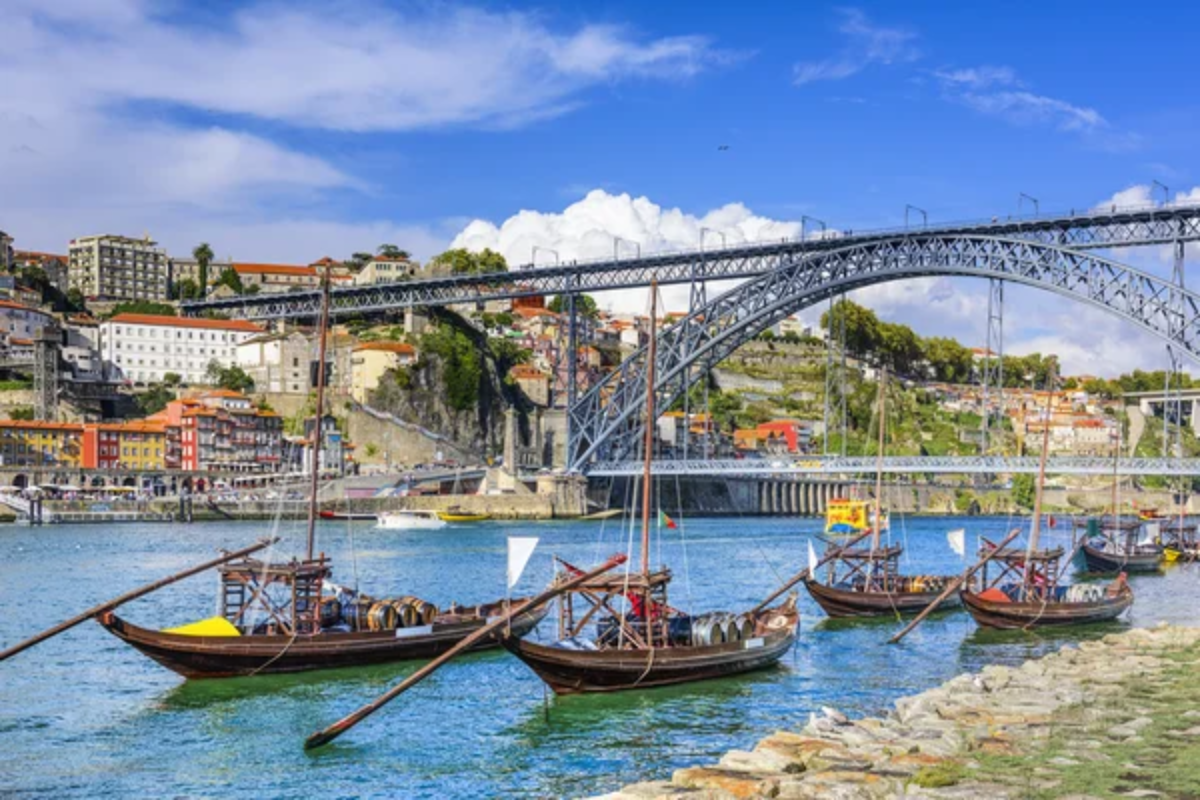
Portugal’s second city concentrates its atmospheric charm into a compact historic center where colorful buildings cascade down steep hills to the Douro River. Despite being home to about 215,000 residents (with greater Porto reaching over 1.7 million), the historic center feels like a collection of distinct villages, each with its character—from the medieval Ribeira district with its narrow alleys to the grand boulevards of Aliados.
The city’s modest footprint means visitors can walk from riverside wine cellars to hilltop viewpoints, though the vintage trams and funiculars provide welcome relief from the steep inclines. Porto packs remarkable diversity into its limited space—UNESCO-listed architecture, contemporary art museums, Michelin-starred restaurants, and traditional tascas serving comfort food can all be found within minutes of each other.
This density creates an experience where each turn reveals something new, yet nothing feels overwhelming or distant.
Like Travel Pug’s content? Follow us on MSN.
Edinburgh, Scotland

Despite its status as Scotland’s capital and host of the world’s largest arts festival, Edinburgh maintains an intimate scale centered around its two contrasting halves—the medieval Old Town and the Georgian New Town. The Royal Mile, stretching just one Scots mile from Edinburgh Castle to Holyrood Palace, packs centuries of history into a single walkable street lined with closes (narrow alleys) that lead to hidden courtyards and historic buildings.
New Town’s ordered grid of elegant streets creates a perfect counterpoint just minutes away across Princes Street Gardens, which occupies what was once a defensive loch. Edinburgh’s seven hills provide natural boundaries and spectacular viewpoints while keeping the historic core remarkably compact—you can hike up Arthur’s Seat for wilderness views and be back in the heart of the city within an hour.
This human scale combines with distinctive neighborhoods to create a capital city that feels more like a collection of villages than a sprawling metropolis.
Bruges, Belgium
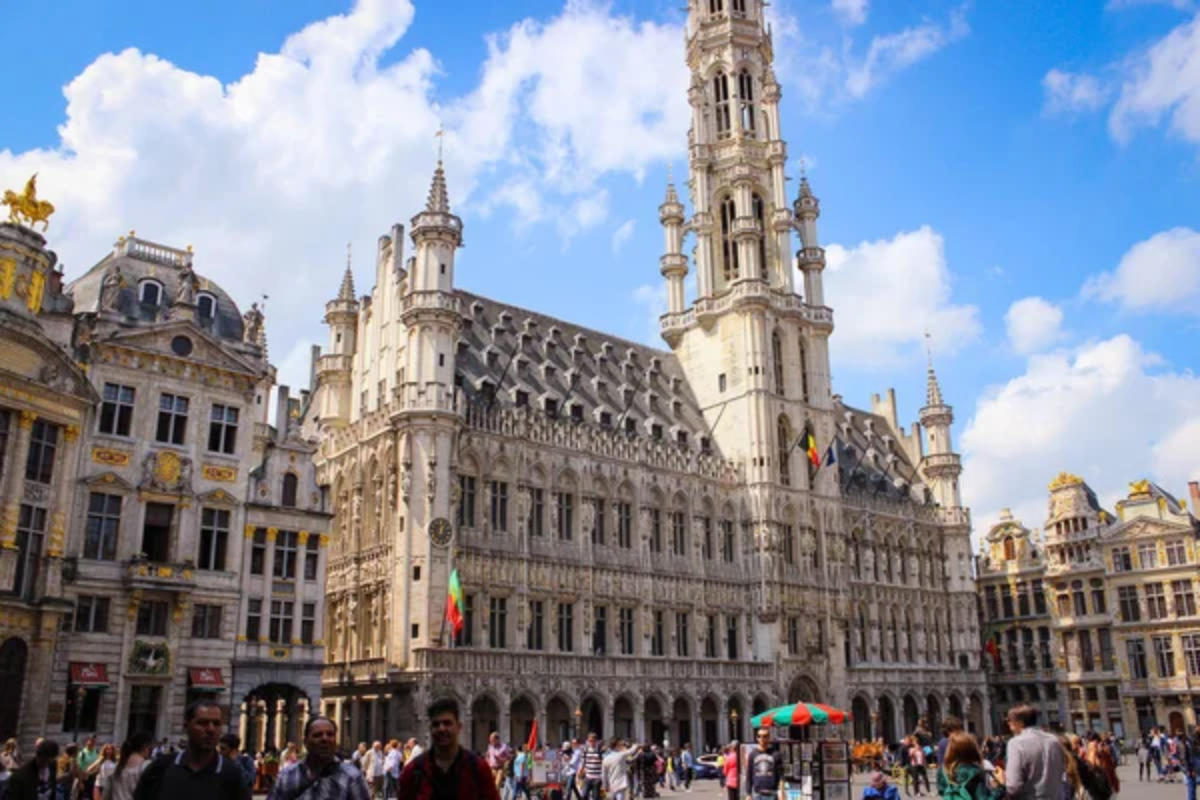
This perfectly preserved medieval city packs extraordinary architectural wealth and artistic heritage into an area that can be crossed on foot in just 30 minutes. Ringed by a circular canal that follows the line of the old city walls, Bruges concentrates its Gothic splendors—elaborate guild houses, soaring church spires, and intimate squares—within a pedestrian-friendly core where cars feel like unwelcome intruders.
The network of peaceful canals crisscrossing the city provides alternative perspectives on the step-gabled buildings, while cobblestone streets lead to hidden hofjes (almshouse courtyards) that offer quiet retreats from the main tourist paths.
Despite attracting millions of visitors annually, Bruges maintains its intimate atmosphere, especially in the evenings when day-trippers depart, and locals reclaim their city. This modest scale makes it possible to appreciate world-class collections like those at the Groeninge Museum and still have time to sample local beers at traditional brown cafés, all without ever feeling rushed.
Bologna, Italy
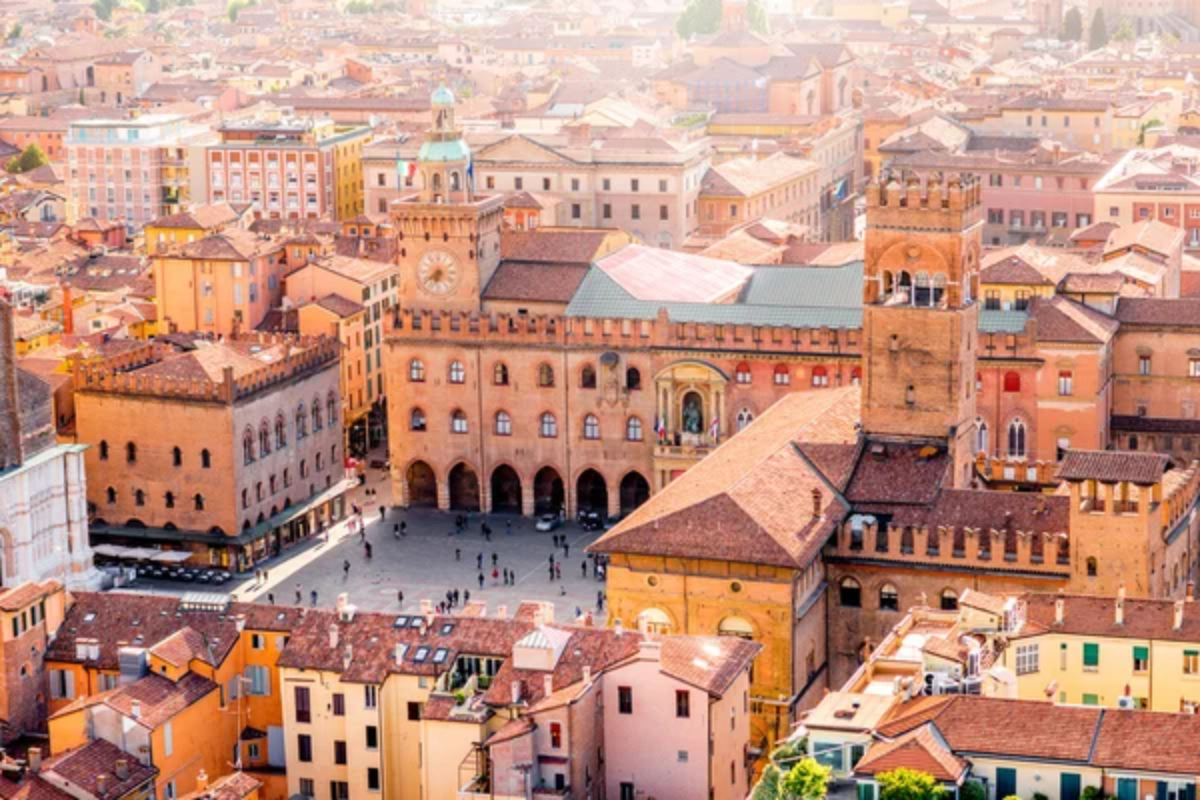
Often overshadowed by Italy’s more famous destinations, Bologna combines the cultural richness of a major city with the intimate feel of a provincial town. The historic center remains largely contained within the footprint of medieval walls, creating a compact area where 40 kilometers of distinctive porticoes (covered walkways) connect major landmarks while providing shelter from rain and sun. These arcaded walkways create a sense of architectural continuity as they link the city’s iconic Two Towers to Europe’s oldest university and dozens of historic churches housing remarkable artistic treasures.
Food lovers appreciate the concentrated nature of the historic center, where the world’s finest culinary shops and restaurants cluster within minutes of each other in and around the Quadrilatero market district.
Despite being a significant transportation hub and university town of 390,000 residents, Bologna maintains a neighborhood feel where shopkeepers recognize regular customers and aperitivo hour turns the central piazzas into open-air living rooms.
Like Travel Pug’s content? Follow us on MSN.
Salzburg, Austria
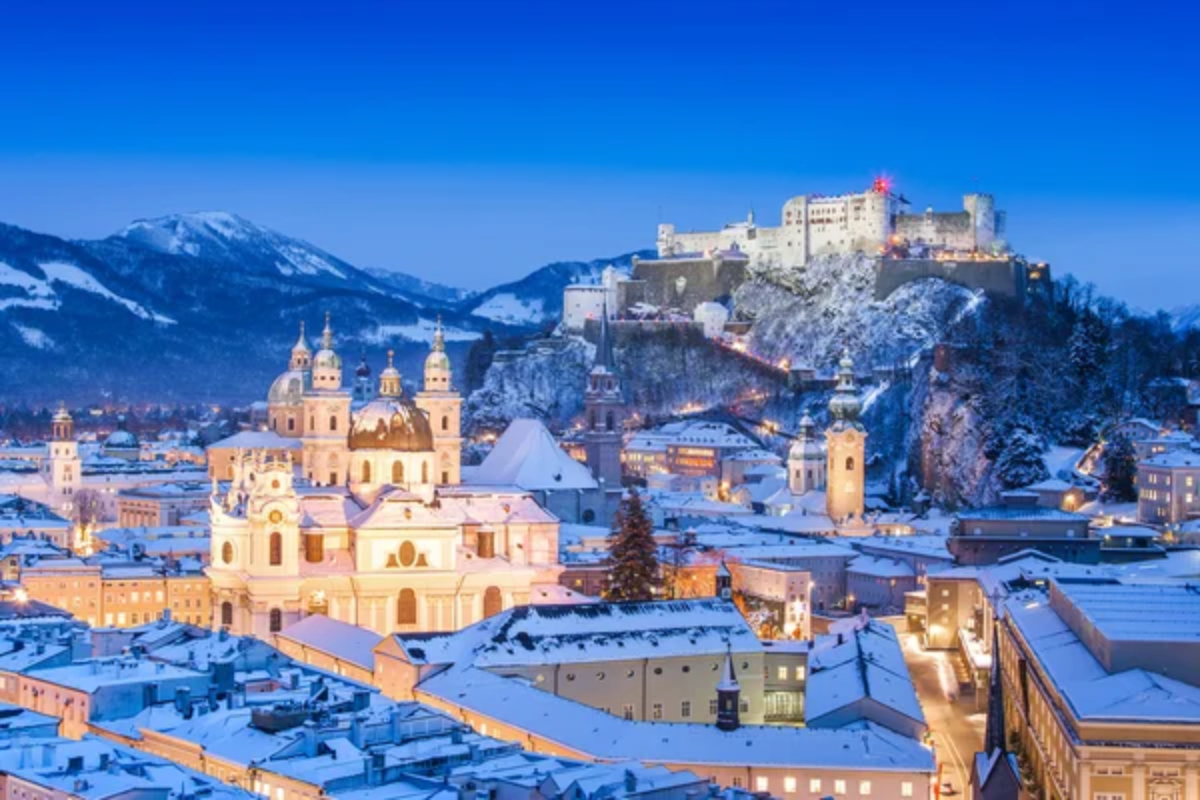
The birthplace of Mozart wraps its baroque splendor around the base of a dramatic fortress-topped hill, creating a compact historic center that can be traversed in just 15 minutes yet rewards days of exploration. The Salzach River divides the UNESCO-listed old town from the newer districts, with multiple bridges connecting the two sides within easy walking distance.
Despite hosting world-famous music festivals and attracting ‘Sound of Music’ fans from around the globe, Salzburg maintains intimate dimensions—the distance from the grand cathedral to Mozart’s birthplace is just a five-minute stroll down Getreidegasse, the charming shopping street with its ornate guild signs.
The city’s modest size means visitors can attend a morning concert, tour the imposing Hohensalzburg Fortress with its panoramic views, and still have time for coffee and Sachertorte at a historic café—all without facing urban sprawl or transportation challenges. These qualities create a city experience that feels more like visiting an elaborate stage set than navigating a regional capital.
Tallinn, Estonia
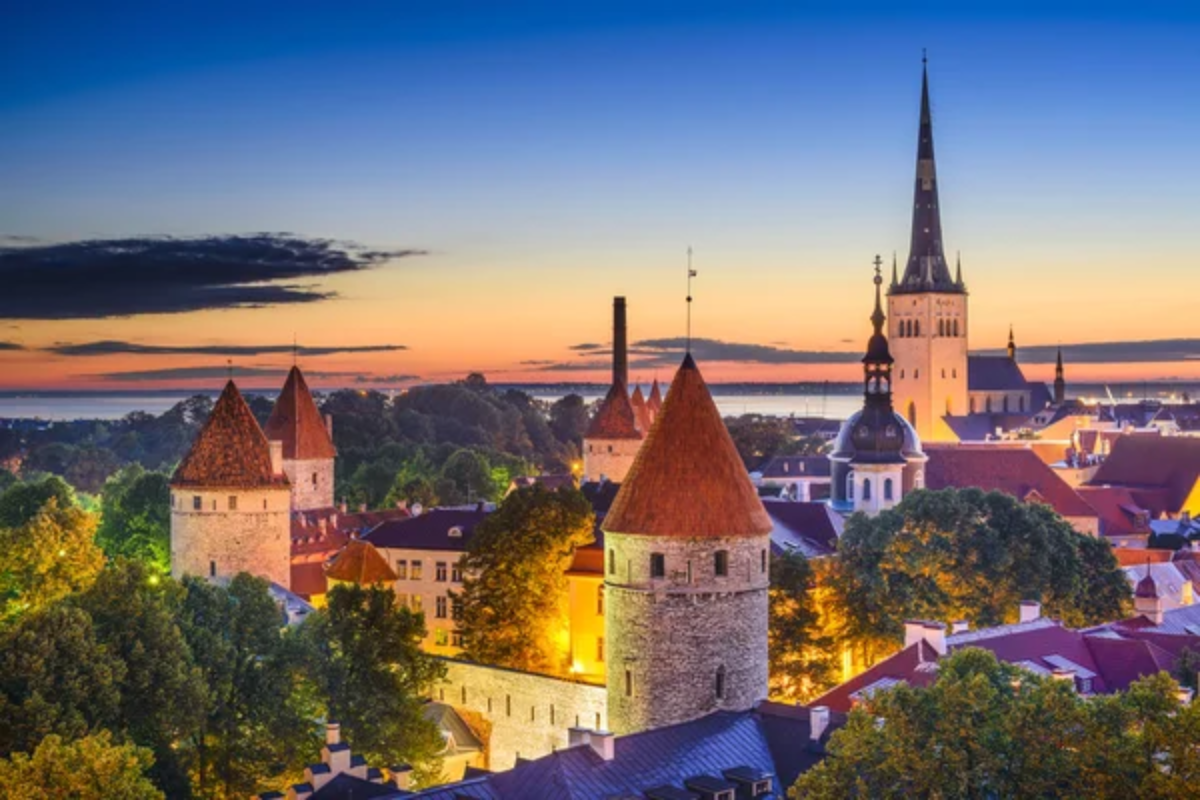
Estonia’s capital preserves one of Europe’s most intact medieval walled cities, creating a storybook setting where 21st-century innovation thrives within 13th-century fortifications. The UNESCO-protected Old Town sits atop a hill, its spires visible throughout the city, yet can be crossed on foot in just 15 minutes—though the winding cobblestone streets and hidden courtyards encourage much slower exploration.
Despite being a fully functioning Baltic capital with modern business districts and a population of 440,000, Tallinn maintains human proportions, particularly within the walls where pedestrian-only streets connect atmospheric squares, guild halls, and Gothic churches.
The compact nature of both the medieval upper town and the merchant quarter below means visitors can climb Toompea Hill for panoramic views, explore the emerging cultural scene in the repurposed Telliskivi Creative City, and still return to the Old Town for dinner without ever needing public transportation. This accessibility creates a rare capital city experience where logistics never overshadow enjoyment.
Oxford, England
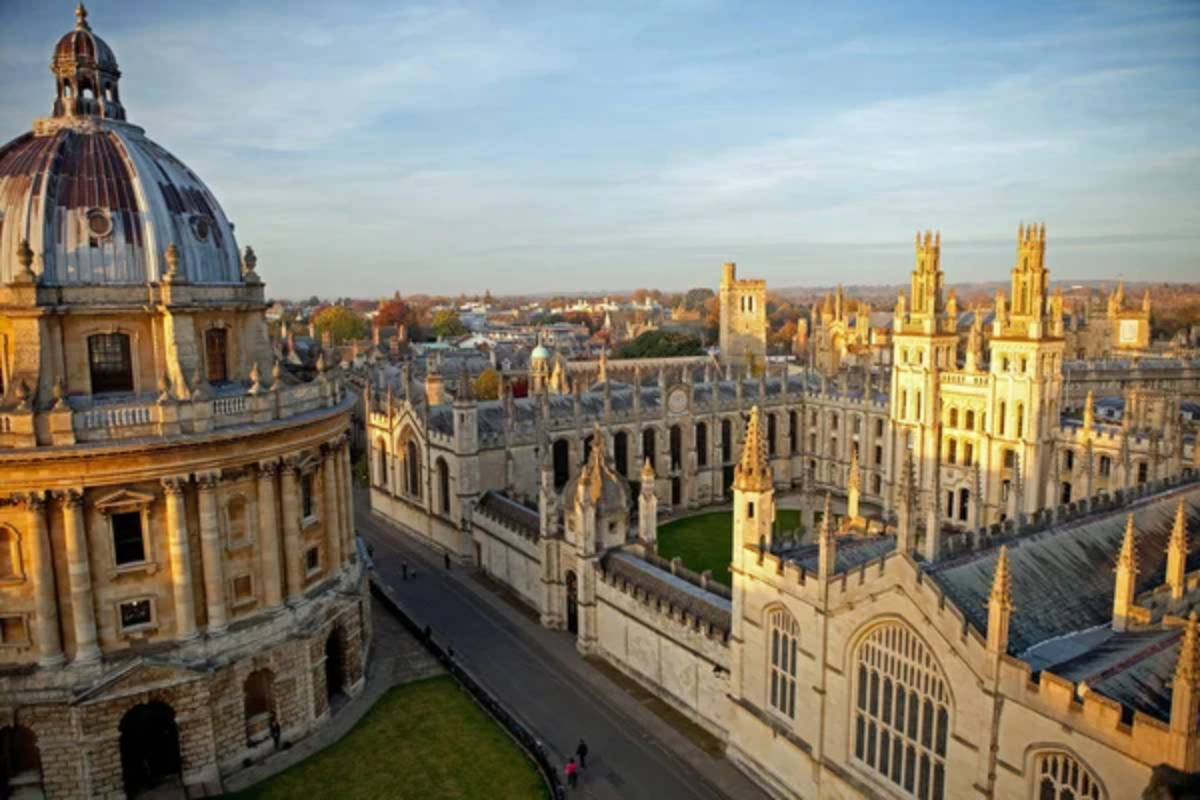
This university city packs architectural splendor, academic history, and cultural significance into a compact center where even first-time visitors quickly find their bearings. The “city of dreaming spires” arranges its 38 independent colleges around a walkable core where medieval, renaissance and Georgian buildings stand shoulder to shoulder along narrow lanes that often open suddenly onto expansive quads or tranquil gardens.
Despite housing one of the world’s great universities and numerous museums with world-class collections, Oxford’s historic center can be crossed on foot in 15 minutes, creating an intimate experience where each turn reveals another architectural masterpiece or literary landmark.
The modest scale means visitors can tour multiple colleges, browse the covered market, and punt along the River Cherwell—all without facing the overwhelming distances or transportation challenges of larger cities. This concentrated beauty explains why Oxford has maintained its appeal for centuries—it offers urban sophistication and cultural richness without urban stress.
Like Travel Pug’s content? Follow us on MSN.
Ghent, Belgium
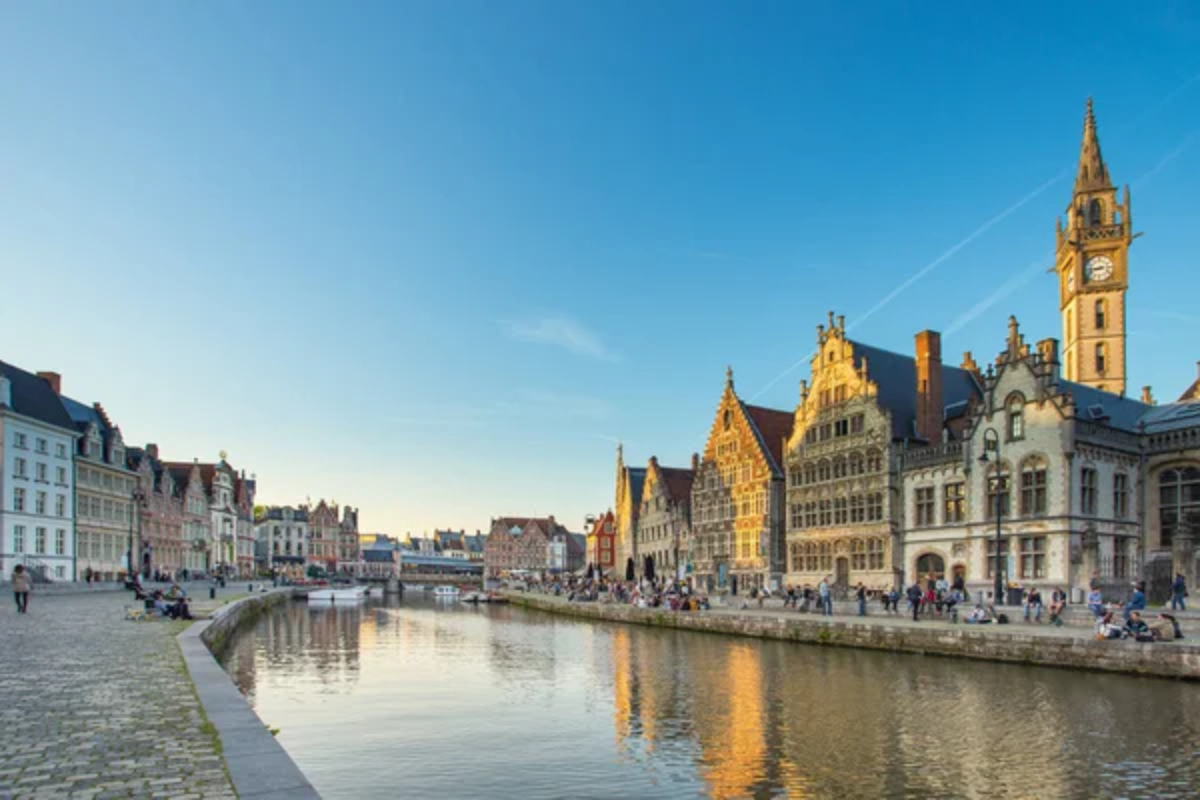
Often overlooked in favor of Bruges or Brussels, Ghent combines medieval splendor with authentic urban energy in a center so compact that most attractions lie within a 10-minute walk of each other. Three magnificent Gothic towers dominate the skyline, standing sentinel over a city center where canals and pedestrianized streets create a network for exploration without the need for public transport.
The car-free zone established in 2017—one of Europe’s largest—has transformed the historic core into a place where people rather than vehicles dominate, allowing visitors to admire the step-gabled guild houses and impressive public buildings without traffic concerns.
Despite being Belgium’s third-largest city with nearly 260,000 residents, Ghent maintains a village-like atmosphere in neighborhoods like Patershol, where narrow medieval streets house excellent restaurants in buildings that have stood for centuries. This human scale combines with Ghent’s substantial student population to create a city that feels both historically significant and vibrantly contemporary.
San Sebastián, Spain
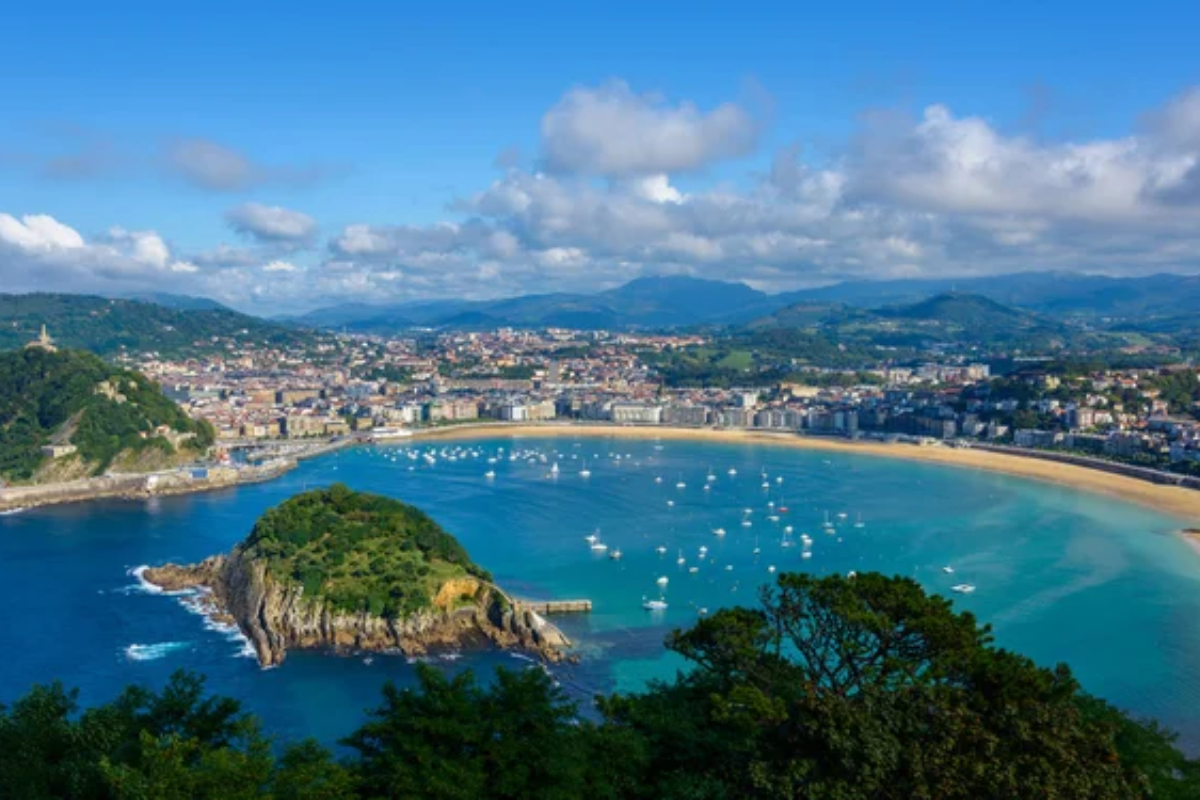
This elegant resort city in Spain’s Basque Country arranges its belle époque architecture around a perfect crescent bay, creating a compact urban environment where mountains, beaches, and historic districts converge within walkable distances. La Concha Beach curves for nearly a mile through the heart of the city, with a seaside promenade connecting the old town to more modern districts and continuing to neighboring beaches, all accessible on foot.
Despite international fame for both its stunning setting and world-class culinary scene, San Sebastián maintains an intimate scale where you can surf at Zurriola Beach, sample pintxos (Basque tapas) in the medieval streets of the Parte Vieja, and climb Monte Urgull for panoramic views—all within a single morning.
The city’s modest footprint means visitors never need to choose between urban pleasures and natural beauty—both coexist within minutes of each other. This accessibility creates a rare urban experience where convenience never comes at the expense of aesthetics.
Heidelberg, Germany
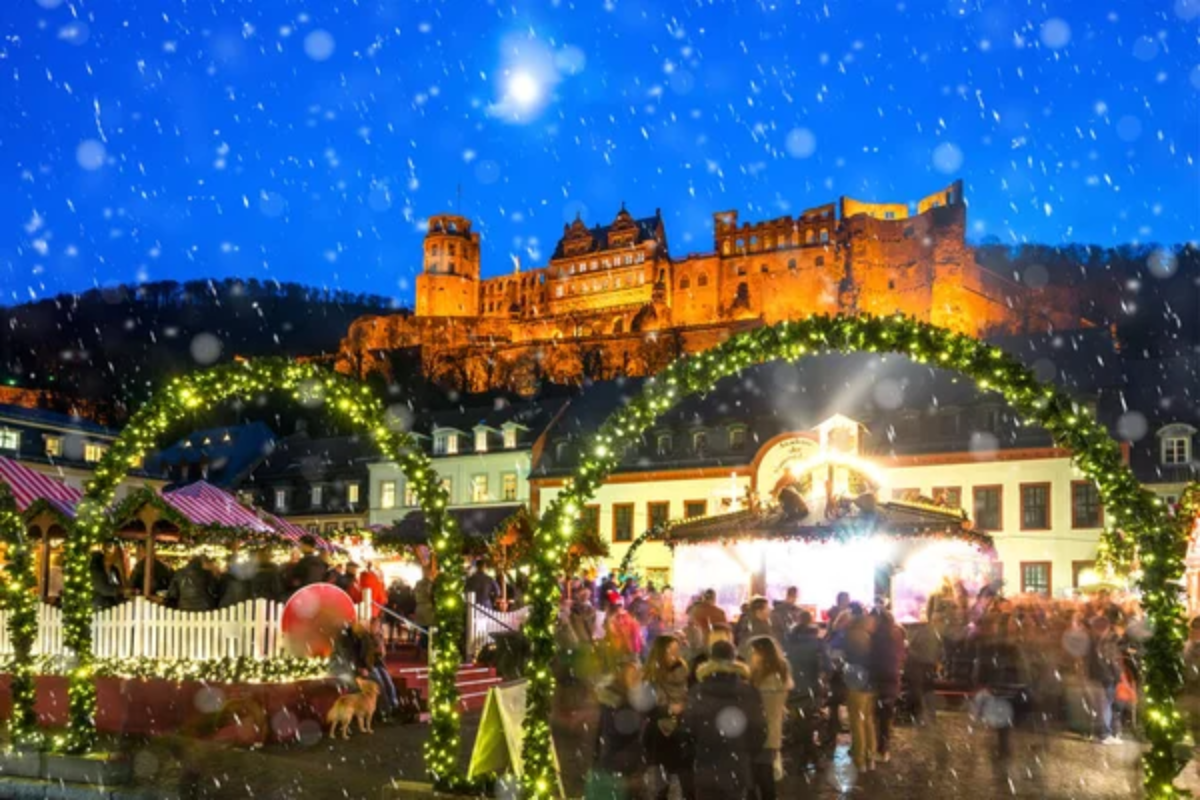
Stretched along the Neckar River beneath the dramatic ruins of its castle, Heidelberg concentrates centuries of romantic appeal into a remarkably compact historic center. Germany’s oldest university town arranges its baroque and renaissance buildings along Hauptstrasse, Europe’s longest pedestrian shopping street at just over a mile, creating a central spine from which narrow side streets lead to hidden squares and courtyards.
Despite housing Germany’s oldest university and attracting visitors drawn by its picturesquely preserved architecture, Heidelberg maintains the feel of a small town rather than a tourist destination, particularly in the less-visited Weststadt and Neuenheim neighborhoods just minutes from the main attractions.
The city’s modest dimensions mean visitors can tour the imposing castle ruins, stroll the famous Philosophers’ Walk with its panoramic views, and still enjoy coffee and cake at a traditional café—all without needing transportation beyond comfortable walking shoes. These qualities create a rare urban experience where historical significance never translates to an overwhelming scale.
Like Travel Pug’s content? Follow us on MSN.
Dubrovnik, Croatia
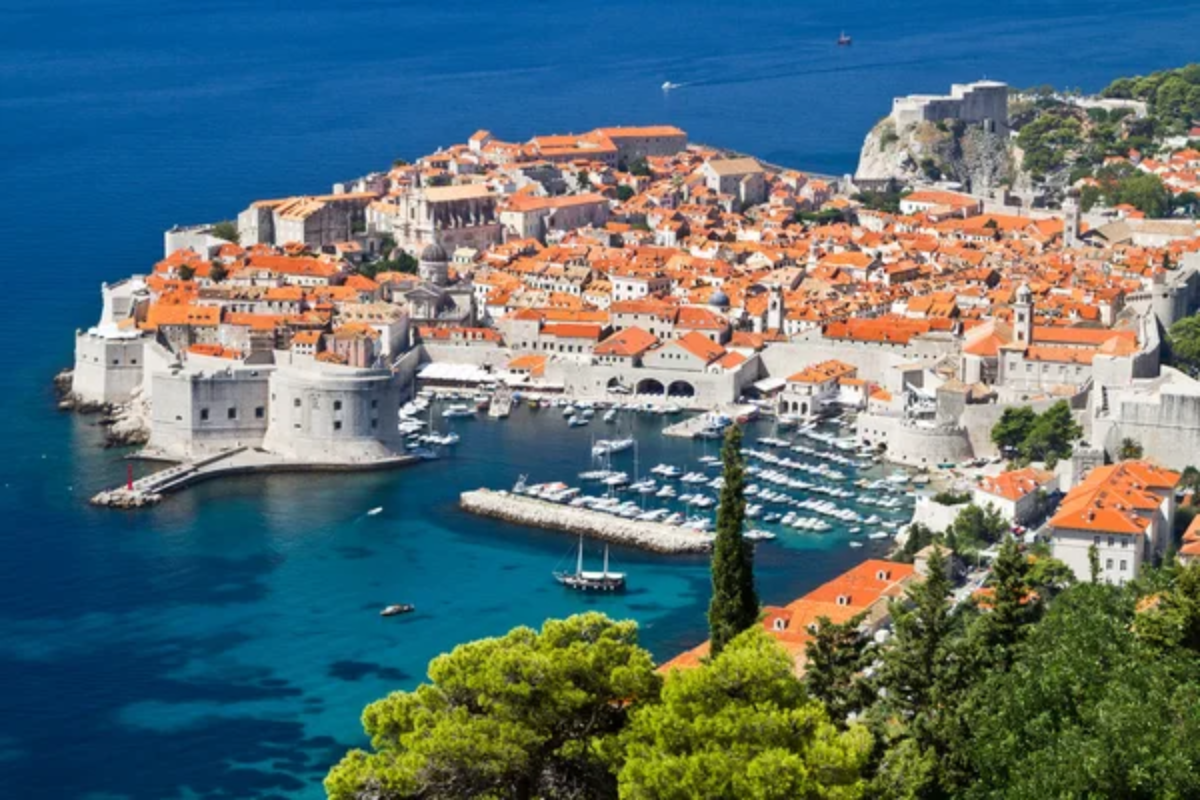
Enclosed within massive stone walls rising directly from the Adriatic Sea, Dubrovnik’s old town creates one of Europe’s most dramatically contained urban environments. This UNESCO World Heritage site packs remarkable Venetian-Gothic palaces, baroque churches, and elegant plazas into an area measuring just 0.1 square miles—creating a pedestrian paradise where no landmark is more than a 10-minute walk from any other.
The main thoroughfare, Stradun, stretches just 300 meters from gate to gate yet connects to a fascinating network of steep side streets climbing toward the walls that provide a 1.2-mile elevated walkway with spectacular views over terracotta rooftops to the azure sea beyond.
Despite fame amplified by its starring role in “Game of Thrones,” Dubrovnik maintains an intimate atmosphere, especially in the early morning or evening when day-trippers depart and residents reclaim their compact city. This concentration of beauty makes Dubrovnik feel more like an open-air museum than a functioning city—though local life continues in the less-visited corners and surrounding neighborhoods.
Aarhus, Denmark

Denmark’s second city packs cultural institutions, innovative architecture, and historic charm into a center so compact that locals joke you can’t get lost because you’ll always reach water or forest within 15 minutes of walking in any direction. The pedestrian-friendly Latin Quarter forms the medieval heart of a city that has balanced preservation with bold contemporary additions like the harbor-front “Iceberg” apartment complex and the striking cubic art museum ARoS topped by Olafur Eliasson’s rainbow panorama walkway.
Despite hosting a major university, numerous museums, and a vibrant dining scene, Aarhus maintains neighborhoods like Frederiksbjerg, where independent shops and cafés create village-like atmospheres just minutes from the main shopping street.
The city’s modest scale means visitors can explore the reconstructed Viking houses at Moesgaard Museum, stroll through the open-air museum Den Gamle By, and still have time for dinner in the Latin Quarter—all while enjoying the relaxed pace that comes with navigable distances. These qualities earned Aarhus recognition as the European Capital of Culture in 2017 without sacrificing its inherent coziness.
Lucca, Italy
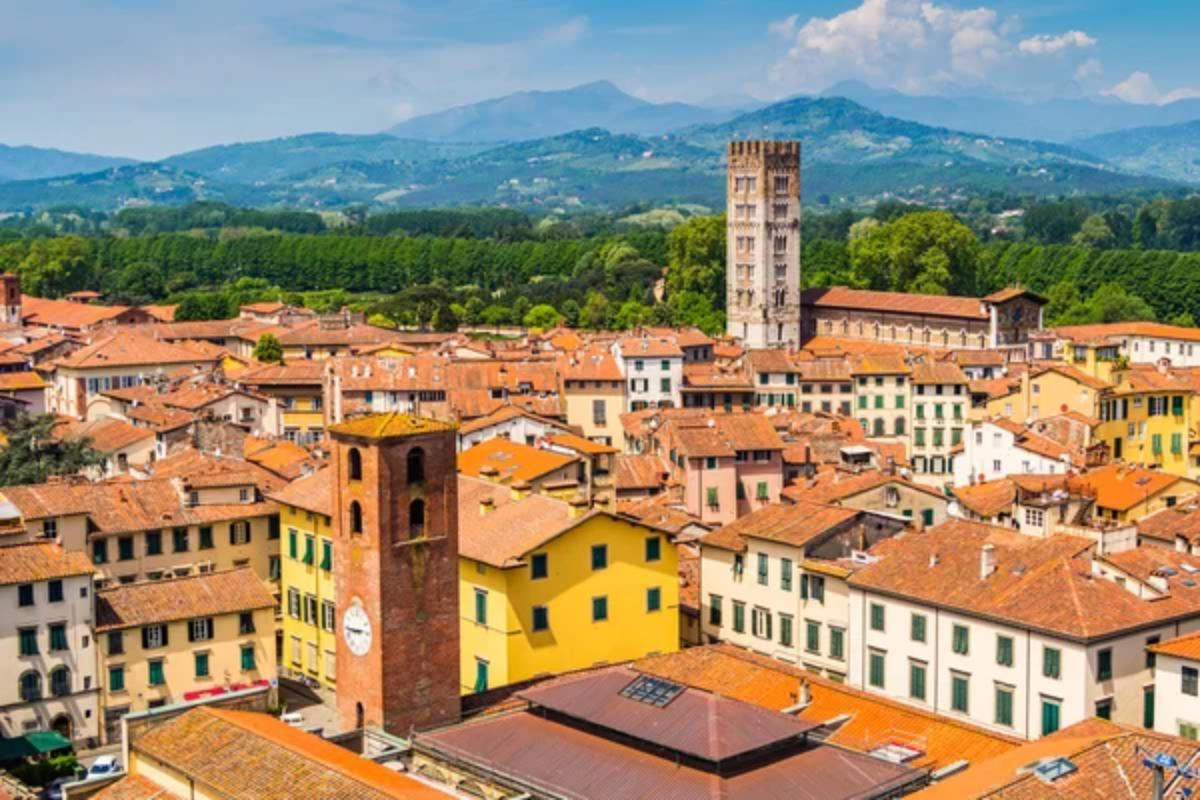
Encircled by Renaissance walls that have been transformed into a tree-lined elevated park, Lucca preserves its historic character within a perfectly intact perimeter measuring just 4.2 kilometers around. These massive ramparts—wide enough to accommodate pedestrians, cyclists, and even small cafés—contain a largely car-free center where medieval towers, Romanesque churches, and elegant piazzas connect via a network of narrow streets that follow the outline of an ancient Roman amphitheater.
Despite housing remarkable artistic treasures and architectural innovations like the unique Guinigi Tower with oak trees growing from its rooftop garden, Lucca maintains an authentic atmosphere where everyday Italian life continues in markets and neighborhood shops away from the main tourist paths.
The city’s modest dimensions mean visitors can climb the Torre delle Ore for panoramic views, attend a concert featuring local composer Puccini’s music, cycle the complete circuit of walls, and still have time for proper Tuscan dining—all without ever facing urban stress or transportation challenges. This combination of cultural richness and manageable scale makes Lucca the quintessential small-feeling city.
Like Travel Pug’s content? Follow us on MSN.
The Joy of Human Scale
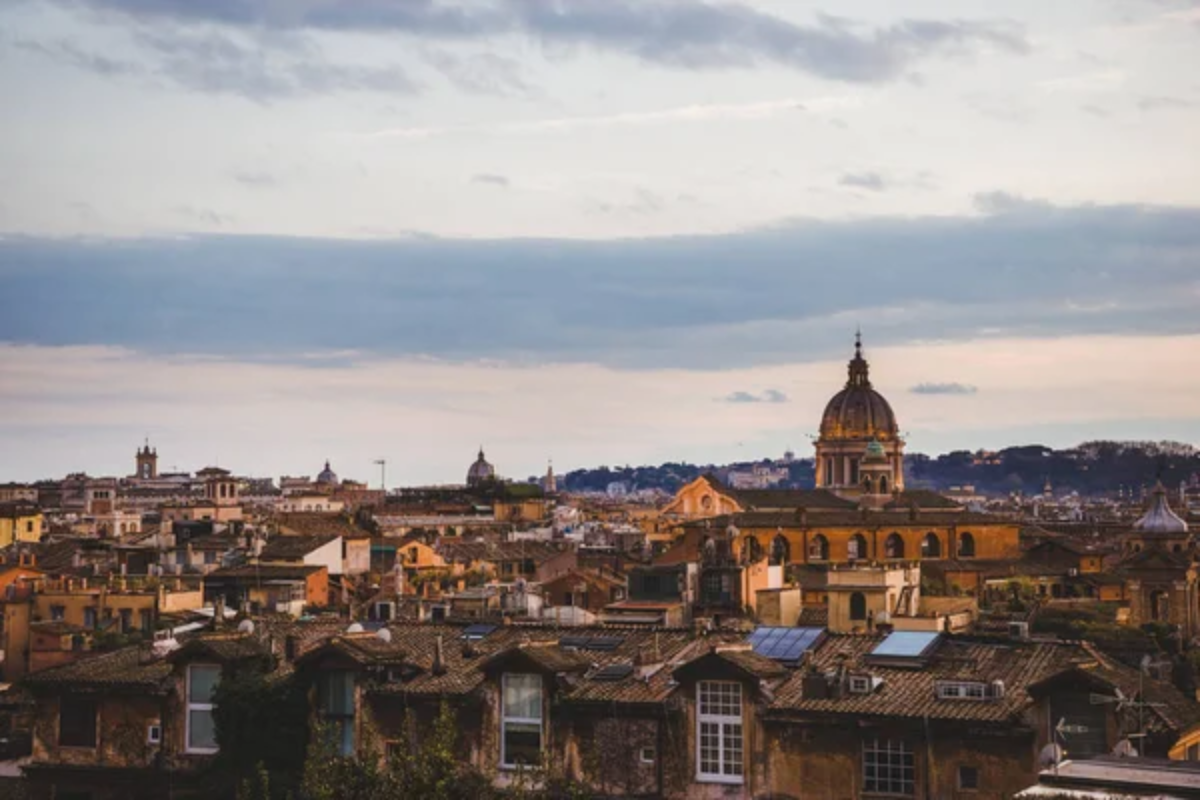
These European cities demonstrate that urban significance need not correlate with overwhelming size or navigational challenges. Each manages to combine world-class attractions, distinct neighborhoods, and authentic local culture within areas that remain comprehensible and accessible to visitors and residents alike. Their human scale creates experiences where logistics fade into the background, allowing a deeper appreciation of architectural beauty, cultural heritage, and daily life.
These places remind us that sometimes the most satisfying urban experiences come not from sprawling metropolises but from cities that have maintained proportions where people—rather than transportation systems or distances—remain the measure of all things.
More from Travel Pug

- Cities Growing so Fast You Won’t Recognize Them in 10 Years
- 13 Destinations Where Tourists Regularly Regret Their Trip
- 16 U.S. Cities That Are Quietly Becoming Travel Hotspots
- Where to Travel If You Love Long Bus Rides and Daydreams
- 20 Cities Perfect for Solo Travelers Who Crave Adventure & Culture
Like Travel Pug’s content? Follow us on MSN.
